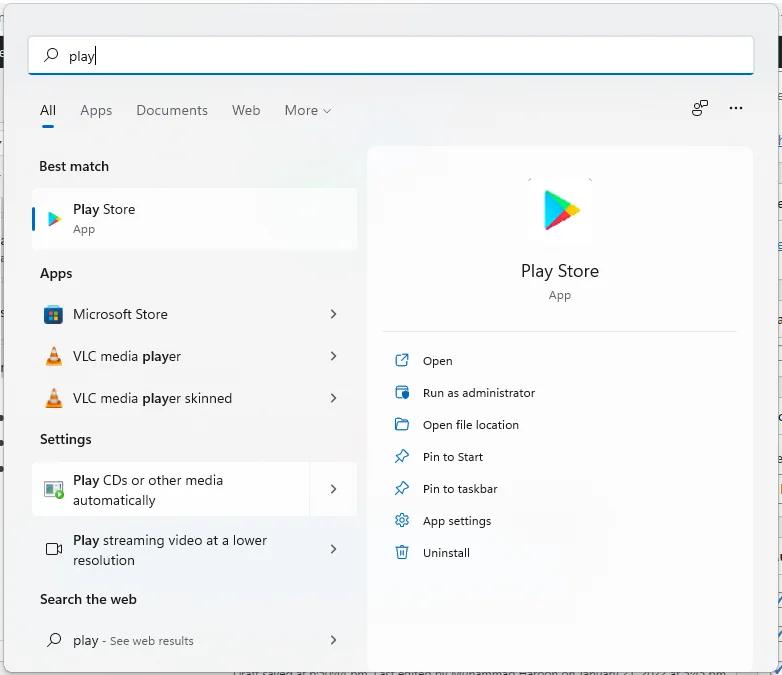Install Dub Music Player Android in PC (Windows 11/10/7 and Mac)
In Music & Audio
by Developer
Dub Studio Productions ? Top Music Apps
Last Updated:
April 01, 2024
If you are interested in installing Dub Music Player on your PC, there are 3 ways to do so using BlueStacks, LDPLayer, Nox app player like emulators. Alternatively, you can use any of the following BlueStacks alternatives. Read the rest of the article to learn more about how to install Dub Music Player on your PC.
This tutorial guide helps you download and install Dub Music Player in PC and you can install Dub Music Player - Mp3 Player 6.1 in your Windows PC and Mac OS. This app is developed by Dub Studio Productions ? Top Music Apps and listed under Music & Audio.
Download and Install Dub Music Player in PC (Windows and Mac OS)
Following are the 3 methods to install Dub Music Player in PC:- Install Dub Music Player in PC using BlueStacks
- Install Dub Music Player in PC using Nox emulator
- Install Dub Music Player in Windows 11 in PC
1. Install Dub Music Player in PC using BlueStacks
BlueStacks is an Android App Player that allows you to run Android apps on PC. To install an Android app on your PC using BlueStacks, follow the steps below:
- Step 1: Install BlueStacks on your PC
- Step 2: Launch BlueStacks on your PC
- Step 3: Click the "My Apps" button in the emulator once BlueStacks is launched.
- Step 4: Search for the app you want to install i.e. Dub Music Player - Mp3 Player
- Step 5: From the search results, select the Dub Music Player app and install it.
- Step 6: To download apps from Google Play on BlueStacks, login to your Google account.
- Step 7: After logging in, the installation process for Dub Music Player - Mp3 Player will begin, which will depend on your internet connection.
Hints: If you are having LOADING issue with BlueStacks software simply install the Microsoft .NET Framework in your PC.
Note: If you are Mac user, you need to download BlueStacks for Mac (a .dmg installation file).
Read also: LDPlayer vs Bluestacks (Pros & Cons)
2. Install Dub Music Player in PC with Noxplayer
To install and use the Dub Music Player app on your PC using Nox App Player, follow the steps below:
- Step 1: Install Nox App Player on your PC.
- Step 2: Once installed, run Nox App Player on your PC and login to your Google account.
- Step 3: In the Nox App Player, click on the "Searcher" icon and search for the Dub Music Player app.
- Step 4: Select the Dub Music Player - Mp3 Player app from the search results and install it on your Nox emulator.
- Step 5: Once the installation is completed, you will be able to play Dub Music Player on your PC using Nox App Player.
For a detailed guide on Noxplayer Installation, see this page.
3. How to Install Dub Music Player in Windows 11
To install Dub Music Player on your Windows 11 device, please follow the tutorial below.
- Step 1: Install Windows Subsystem for Android according to the tutorial.
- Step 2: Once you have successfully installed Windows Subsystem for Android, proceed to install Google Play Store on Windows 11.
- Step 3: Using Google Play Store on your Windows 11 device, search for the Dub Music Player app that you wish to install.
- Step 4: Select the Dub Music Player - Mp3 Player app from the search results, and install it just as you would on an Android device.

Conclusion: After following the above 3 methods, you can easily run Dub Music Player on your Windows or macOS systems.
Dub Music Player APK file details:
| Best Android Emulators | Bluestacks & Nox App Player |
| Operating Systems | Windows 7,8/10/11 or Mac |
| App Developer | Dub Studio Productions ? Top Music Apps |
| App Updated | April 01, 2024 |
| APK Version | 6.1 |
| Category | Music & Audio |
| Android Version Required for emulator | Android 7.0 and up |
| APK File Size | 15.00 MBs |
| File Name | hr-palamida-6-1_SOFTSTRIBE.apk |
